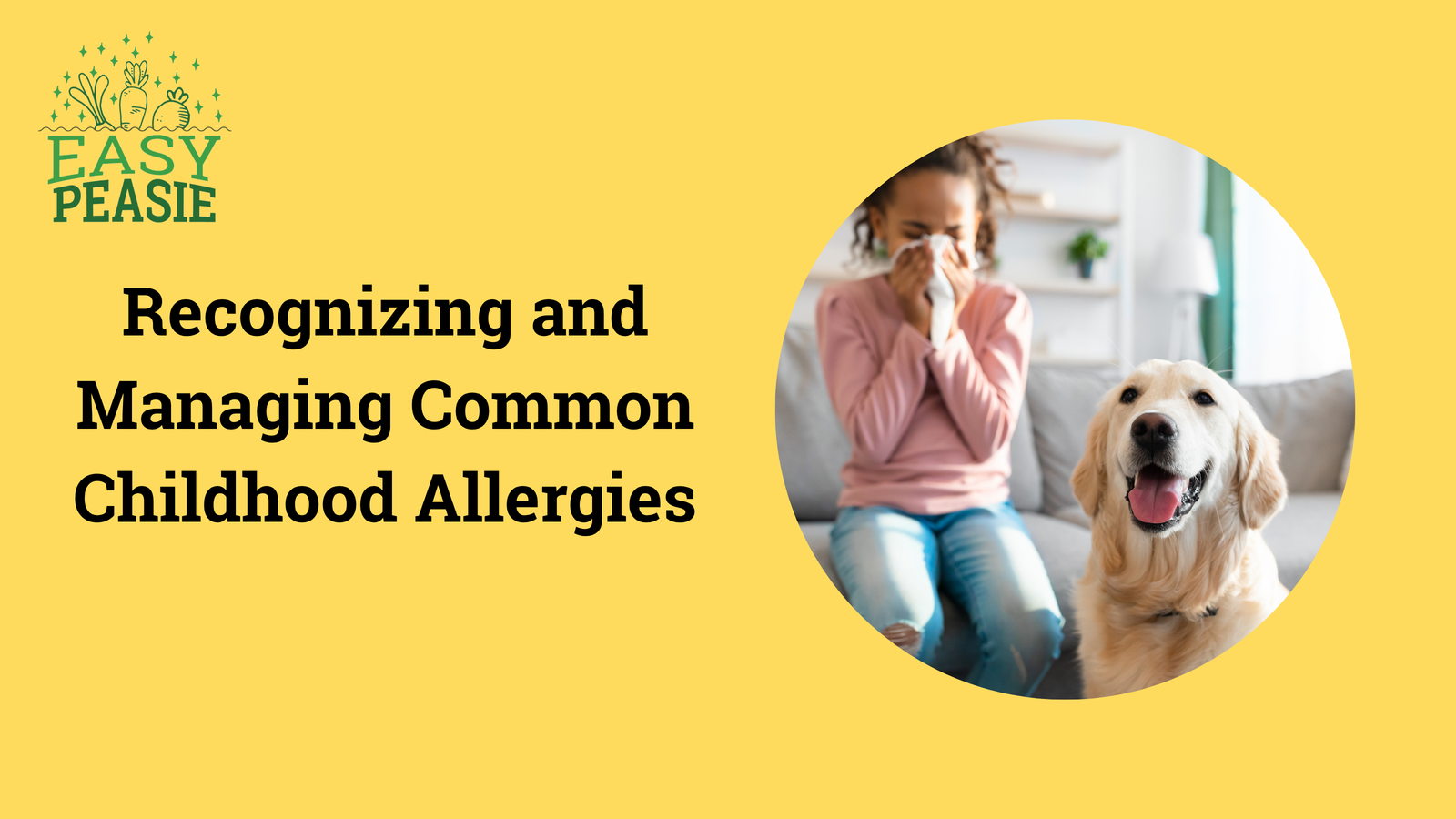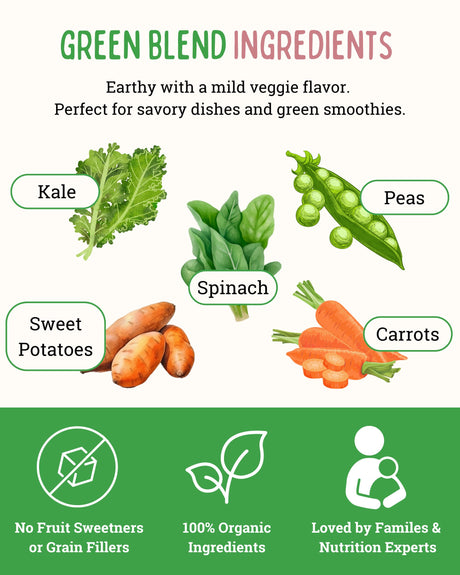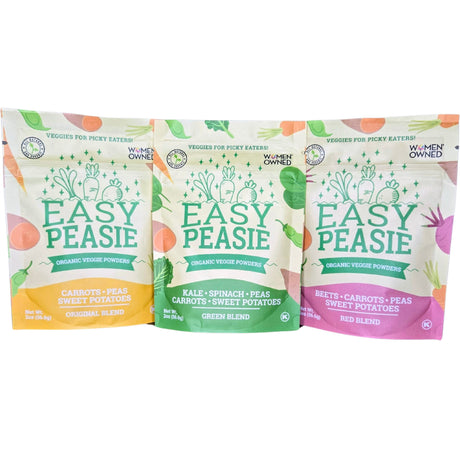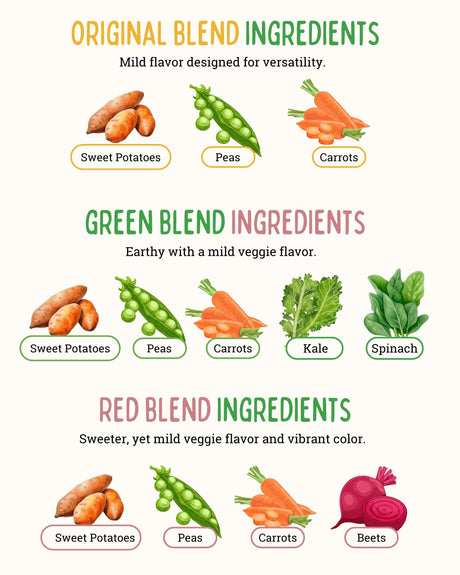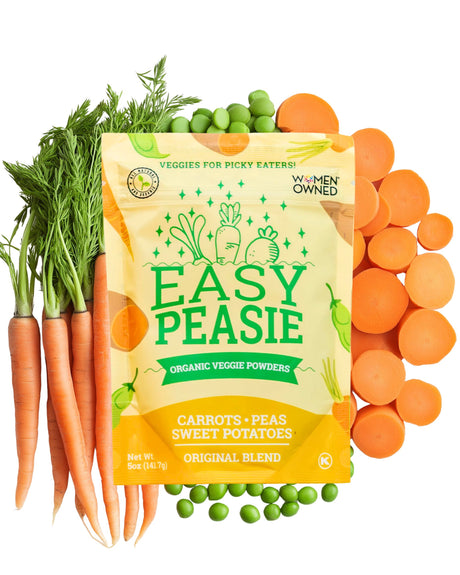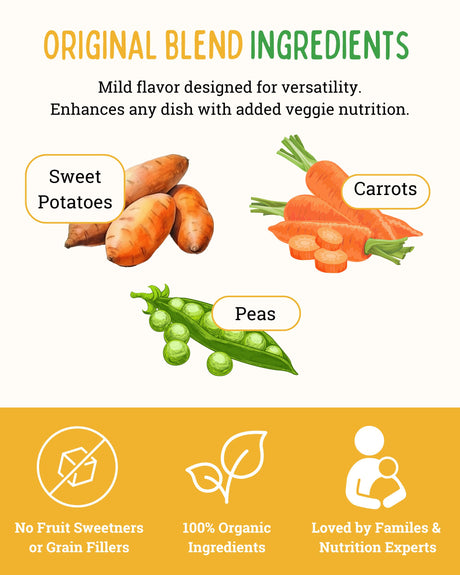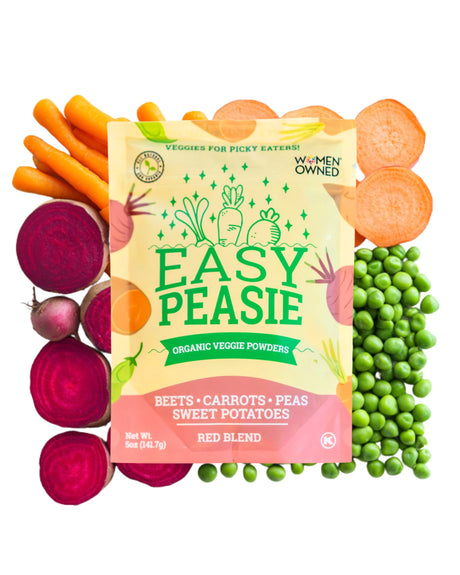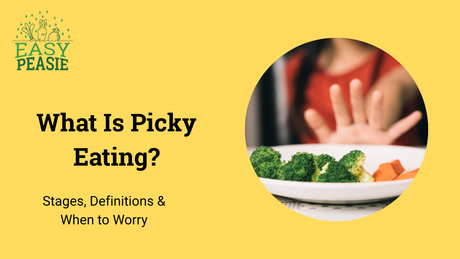Understanding Allergies in Kids
Allergies in children are more common than many parents realize, affecting millions of kids each year. These allergies can range from mild inconveniences, like sneezing and itchy eyes, to severe, life-threatening reactions such as anaphylaxis, which requires immediate medical attention. From food allergies to seasonal sensitivities, recognizing and managing these conditions early on is crucial for keeping kids healthy and happy.
The sooner parents can identify allergy symptoms—whether it's a rash after eating certain foods or congestion during pollen season—the better they can protect their child from more serious reactions. Understanding the triggers, such as peanuts, pollen, or pet dander, and having a plan in place, like carrying an epinephrine auto-injector or using allergy-proof bedding, can make a significant difference in preventing complications. When you know the signs of common childhood allergies, you’re better equipped to handle reactions calmly and confidently, helping your child live a full, active life despite their sensitivities.
In this blog, we’ll cover everything you need to know about identifying and managing childhood allergies. We’ll walk through the most common allergens, how to recognize symptoms, practical tips for managing allergies, and strategies to prevent allergic reactions in children. Whether you're dealing with food allergies, pet sensitivities, or seasonal triggers, this blog will help you create a safer environment for your child.
Recognizing Common Childhood Allergies
Most Common Childhood Allergies
When it comes to childhood allergies, certain triggers are more common than others. Many children experience allergies to food, pollen, pet dander, and dust.
Food allergies—especially to peanuts, dairy, and eggs—are frequently seen, while environmental allergens like pollen and dust mites often cause seasonal or year-round symptoms. Pet allergies can also be a common issue, with reactions triggered by cats, dogs, or other animals.
Signs and Symptoms of Allergies in Children
Recognizing the symptoms of allergies is the first step toward effective management. Common signs include sneezing, runny nose, and itchy eyes for environmental allergies, while food allergies can cause symptoms like hives, stomach pain, vomiting, or swelling.
Some children may experience breathing difficulties, such as wheezing or shortness of breath, which requires immediate attention. Knowing what to look for helps you spot allergic reactions early.
How to Identify Allergies in Kids
Identifying allergies in kids often involves observing patterns. If your child consistently experiences symptoms after exposure to certain foods or environments, it’s worth discussing with a pediatrician.
Allergy testing can be another valuable tool, helping to pinpoint specific triggers. Keeping a journal of symptoms and potential allergens can also aid in identifying patterns and managing reactions effectively.
Managing Food Allergies in Children
Common Food Allergies in Kids
Food allergies are a growing concern for many families, with common allergens including peanuts, dairy, eggs, soy, and shellfish. For some children, even a small exposure to these foods can trigger a reaction, ranging from mild discomfort to severe symptoms like difficulty breathing.
Signs of Food Allergies
Food allergies can cause a variety of symptoms, including hives, swelling (especially around the face and mouth), stomach pain, nausea, or vomiting. In more severe cases, children may experience anaphylaxis, which is a life-threatening reaction that requires immediate medical attention. Knowing the signs ensures you can act quickly in case of a reaction.
Preventing and Managing Food Allergies
The key to preventing food allergy reactions is strict avoidance of the trigger foods. This means reading labels carefully—especially for hidden ingredients or allergens that might be processed in the same facility. Educating your child’s caregivers, teachers, and even friends about the severity of the allergy is crucial to keeping your child safe.
Always have emergency medications like antihistamines or an epinephrine auto-injector on hand, and ensure everyone knows how to use them. In restaurants, don’t hesitate to ask about ingredients, preparation methods, and any cross-contamination risks, particularly in shared kitchen spaces. Be mindful of food-sharing situations at school or playdates—packing your own safe snacks and teaching your child to politely decline food from others can help prevent accidental exposure.
Dealing with Peanut Allergies in Children
Peanut allergies often require extra vigilance, as peanuts can be found in many unexpected places, such as baked goods, sauces, candies, or even in prepackaged snacks.
It’s essential to choose peanut-free alternatives and ensure your child’s snacks are safe for school and playdates. Communicate clearly with your child’s school—teachers, staff, and even classmates need to be informed of the peanut allergy to ensure all safety measures are in place, such as designated peanut-free areas or checking lunchbox contents.
Having an emergency action plan, including where to store the epinephrine auto-injector and how to use it, should be communicated to all caregivers. It’s also beneficial to teach your child about their allergy and how to recognize symptoms early, empowering them to alert an adult and manage their allergy with confidence.
Managing Seasonal Allergies in Kids
Recognizing Seasonal Allergies
Seasonal allergies, also known as hay fever, often rear their heads during certain times of the year, particularly in spring and fall when pollen counts are high. Common symptoms in kids include sneezing, itchy eyes, runny nose, and congestion. If your child experiences these symptoms around the same time each year, it’s likely they’re dealing with seasonal allergies.
Best Treatment Options for Seasonal Allergies
When seasonal allergies strike, there are several ways to help your child find relief. Over-the-counter antihistamines can reduce sneezing and itching, while nasal sprays can help ease congestion. For a natural remedy, consider using air purifiers in your home to remove pollen and other allergens from the air. Always consult your child’s doctor before starting any new treatment.
Preventing Reactions to Pollen
Prevention is key when it comes to managing seasonal allergies. Keep windows and doors closed during peak pollen times to minimize exposure. Encourage your child to wash their hands and face after playing outdoors, and consider using allergy-proof covers on pillows and mattresses to reduce nighttime exposure. Simple steps like these can help your child breathe easier during allergy season.
Recognizing and Managing Skin Allergies in Children
Common Skin Allergies in Kids
Skin allergies are common in children, with conditions like eczema, hives, and contact dermatitis affecting many. Eczema, in particular, causes dry, itchy patches of skin, while hives appear as raised, red welts. Contact dermatitis occurs when a child’s skin reacts to something they’ve touched, such as certain soaps or fabrics.
Recognizing Skin Allergy Symptoms
Spotting skin allergies can be as simple as observing your child’s skin for signs of redness, swelling, or rash. These symptoms often appear after contact with an allergen and may cause discomfort, especially if your child starts scratching or rubbing the affected areas.
Pay attention to patterns, such as flare-ups after exposure to specific substances.
Treating Skin Allergies in Children
Managing skin allergies involves soothing the skin and preventing flare-ups.
Opt for hypoallergenic skincare products that are free from harsh chemicals, and use moisturizers to keep your child’s skin hydrated. For more severe reactions, topical medications prescribed by a doctor can help calm inflammation and itching. Maintaining a consistent skincare routine can help reduce future flare-ups.
Managing Pet and Dust Allergies
Tips for Managing Pet Allergies in Kids
For children with pet allergies, exposure to dander can trigger sneezing, watery eyes, congestion, and even asthma-like symptoms. However, with a few practical steps, you can significantly reduce the impact of allergens in your home. Regularly grooming pets and bathing them to minimize dander buildup is a must.
Vacuuming frequently with a HEPA filter vacuum cleaner helps capture pet hair and dander that settle into carpets and furniture. It’s also important to wash pet bedding and toys regularly to avoid the accumulation of allergens. Keeping pets out of your child’s bedroom can create a safe, allergen-free zone where they can sleep without the risk of exposure. Additionally, placing air purifiers around the house—especially in common areas and bedrooms—can improve air quality and reduce the number of airborne allergens. Consider designating certain areas as pet-free zones to help manage your child’s symptoms more effectively.
How to Handle Dust Allergies in Kids
Dust allergies often lead to year-round symptoms like runny noses, persistent coughing, itchy eyes, and trouble sleeping. Managing dust allergies starts with dust-proofing your home.
Use allergen-proof covers on mattresses and pillows to prevent dust mites from thriving, and wash bedding regularly in hot water to kill dust mites.
If possible, remove carpets and opt for hard flooring, as carpets can trap dust. For rooms where carpets are necessary, vacuum frequently using a vacuum cleaner with a HEPA filter to trap dust particles.
Regular dusting is important, but instead of using dry clothes, clean with a damp cloth to prevent dust from becoming airborne and circulating. Reducing clutter is another key step—items like stuffed animals, books, and knick-knacks can harbor dust, so try to minimize these in your child’s bedroom.
Keeping the room well-ventilated with fresh air can also help, but be mindful of pollen during allergy season. If needed, consider using dehumidifiers in damp spaces like basements, as dust mites thrive in humidity.
Allergy-Proofing Your Home
Best Practices for Allergy-Proofing Your Home
Keeping allergens out of your home requires a proactive approach. Regular cleaning, washing bedding frequently, and using air filters can help. Avoid heavy drapes and opt for blinds, which collect less dust. Consider removing items that harbor allergens, such as carpets and upholstered furniture, or cleaning them frequently to minimize allergen build-up.
Preventing Allergic Reactions in Children
To create a safe haven for kids with allergies, designate allergy-safe zones in your home—especially in areas where your child sleeps and plays. Ensure these areas are clean and free from potential allergens, and keep windows closed during high-pollen seasons. Educate your child about their specific allergies so they can avoid triggers at home and when they’re out and about.
When to See a Doctor for Childhood Allergies
Recognizing Severe Allergic Reactions
Sometimes, allergies can lead to severe reactions that require immediate medical attention. If your child experiences symptoms like difficulty breathing, severe swelling, or signs of anaphylaxis after exposure to an allergen, seek emergency help right away.
Recognizing these serious signs early can help prevent life-threatening complications.
Treatment Options for Childhood Allergies
For ongoing allergy management, treatment options range from over-the-counter medications to more long-term solutions like immunotherapy. Medications like antihistamines and decongestants can alleviate mild symptoms, while treatments like allergy shots can help reduce your child’s sensitivity to allergens over time.
Always have emergency treatments, such as an EpiPen, on hand for severe reactions.
Working with an Allergist
Consulting with an allergist is key to managing childhood allergies. Allergy testing can help identify specific triggers, and your allergist can create a personalized treatment plan for your child. Regular check-ins with an allergist ensure that your child’s allergies are managed effectively, with adjustments made as they grow and their needs evolve.
Summary
Recognizing and managing childhood allergies early is crucial for preventing severe reactions and ensuring your child’s safety. From food allergies to seasonal and skin allergies, understanding the signs and taking proactive steps can make a big difference in your child’s quality of life. By allergy-proofing your home and staying vigilant, you can help prevent unwanted reactions and keep your child safe.
Proactive Allergy Management
If your child is showing signs of allergies, it’s important to consult healthcare professionals like pediatricians or allergists to get a clear diagnosis and treatment plan. Creating a safe environment, whether it’s by managing pet dander or controlling exposure to pollen, will provide your child with the tools to navigate their allergies with confidence. Remember, a little preparation can go a long way in reducing the impact of allergies on daily life.
We’d love to hear your experiences with managing childhood allergies! Share your tips and stories in the comments below, and be sure to follow Easy Peasie on social media (Facebook, Instagram, and YouTube).

